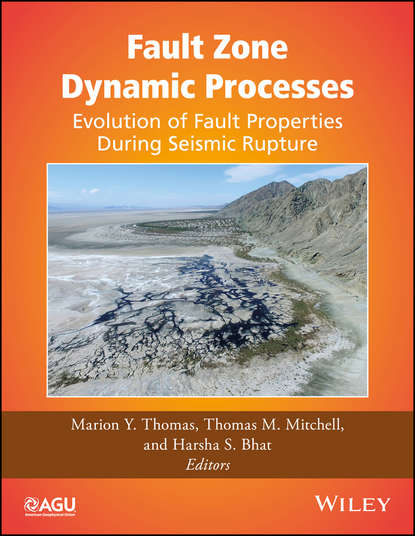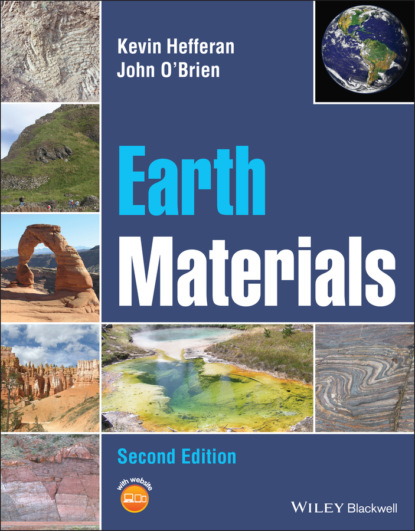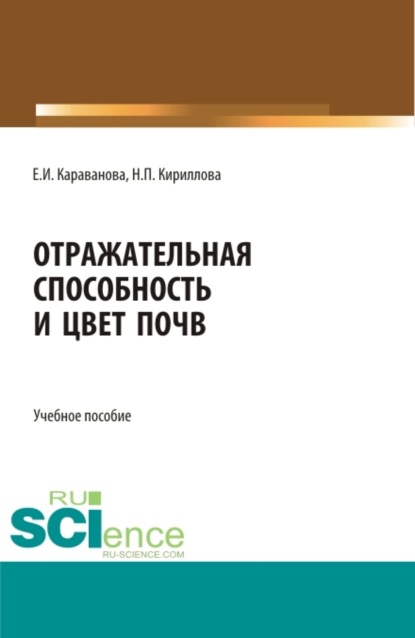Книга "Морской лед: физика и дистанционное зондирование" описывает результаты исследований, проведенных в основном в Канаде учеными в области физики льда и его структуры, а также методов извлечения параметров льда из наблюдений с помощью дистанционного зондирования. В книге описаны процессы, происходящие на макро- и микроуровнях (например, захват соленой воды в морском льду, кристаллографическая текстура различных типов льда, механизмы дренажа соленой воды и т.д.). Информация подкреплена высококачественными фотографиями тонких срезов льда, полученных во время экспериментов в 1970-1990 годах при помощи фотокамер и сканирующей микроскопии. Кроме того, в книге представлены методы извлечения параметров морского льда (тип льда, концентрация, площадь, толщина, температура поверхности, деформация поверхности и т.д.) из данных, полученных с помощью космических и авиационных сенсоров. Материал в книге предназначен для исследователей, использующих данные дистанционного зондирования и желающих ознакомиться с возможностями этой технологии или получить подробные знания о методах извлечения ключевых параметров льда. Книга содержит детальную кристаллографическую классификацию естественного морского льда, методы расследования его микроструктуры и данных об излучательных свойствах льда и снежного покрова, а также методы извлечения параметров льда и геофизических параметров из наблюдений с помощью дистанционного зондирования. Книга предназначена для широкого круга интересующихся льдом и его свойствами - от физиков и геофизиков до специалистов в области дистанционного зондирования, механики и криосферных наук.
Электронная Книга «Sea Ice» написана автором Mohammed Shokr в году.
Минимальный возраст читателя: 0
Язык: Английский
ISBN: 9781119027881
Описание книги от Mohammed Shokr
Sea Ice: Physics and Remote Sensing addresses experiences acquired mainly in Canada by researchers in the fields of ice physics and growth history in relation to its polycrystalline structure as well as ice parameters retrieval from remote sensing observations. The volume describes processes operating at the macro- and microscale (e.g., brine entrapment in sea ice, crystallographic texture of ice types, brine drainage mechanisms, etc.). The information is supported by high-quality photographs of ice thin-sections prepared from cores of different ice types, all obtained by leading experts during field experiments in the 1970s through the 1990s, using photographic cameras and scanning microscopy. In addition, this volume presents techniques to retrieve a suite of sea ice parameters (e.g. ice type, concentration, extent, thickness, surface temperature, surface deformation, etc.) from space-borne and airborne sensor data. The breadth of the material on this subject is designed to appeal to researchers and users of remote sensing data who want to develop quick familiarity with the capabilities of this technology or detailed knowledge about major techniques for retrieval of key ice parameters. Volume highlights include: • Detailed crystallographic classification of natural sea ice, the key information from which information about ice growth conditions can be inferred. Many examples are presented with material to support qualitative and quantitative interpretation of the data. • Methods developed for revealing microstructural characteristics of sea ice and performing forensic investigations. • Data sets on radiative properties and satellite observations of sea ice, its snow cover, and surrounding open water. • Methods of retrieval of ice surface features and geophysical parameters from remote sensing observations with a focus on critical issues such as the suitability of different sensors for different tasks and data synergism. Sea Ice: Physics and Remote Sensing is intended for a variety of sea ice audiences interested in different aspects of ice related to physics, geophysics, remote sensing, operational monitoring, mechanics, and cryospheric sciences.



















